NFPA 704 Symbols
Standard System for the Identification of the Hazards of Materials for Emergency Response
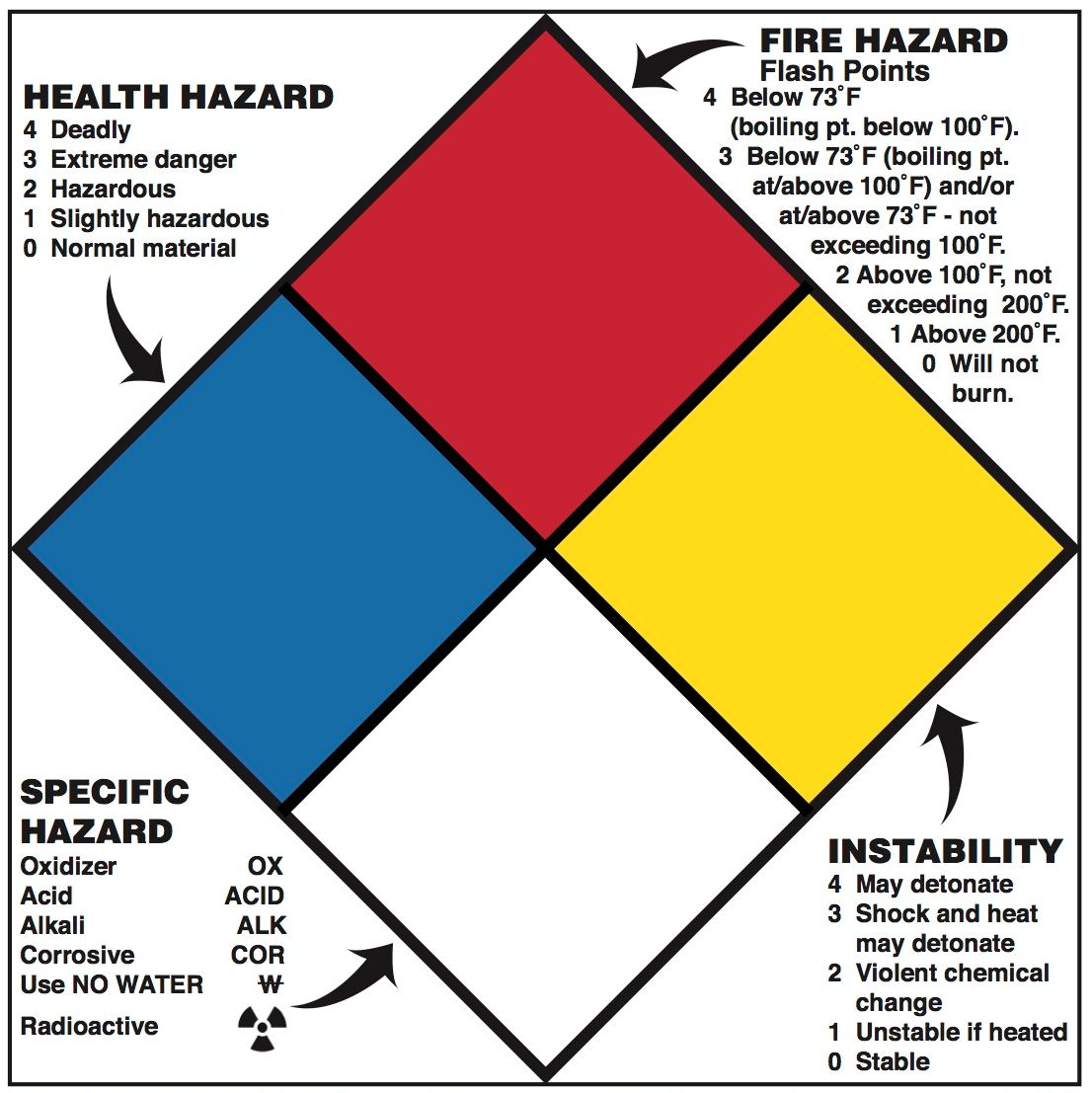
This label can help you quickly identify the risks posed by hazardous materials you may encounter when entering rooms, buildings, or designated areas around campus.
The higher the number found in the Flammability (red), Health (blue), or Reactivity (yellow) section of the label, the higher the risk for that type of hazard.
Codes and special symbols (white) warn of other dangerous properties.
Flammability
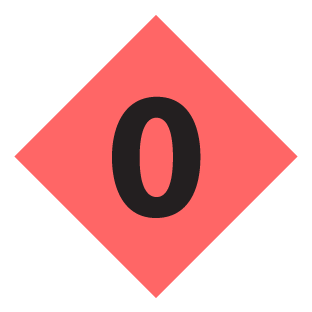
Will not burn under normal conditions.

Flash point above 200° F / 93° C; Requires considerable preheating to burn.

Flash point below 200° F / 93° C; Requires moderate heating or high ambient temperatures to burn.

Flash point below 100° F / 38° C; Flammable.

Flash point below 73° F / 23° C; Highly flammable; Rapidly vaporizes under normal conditions.
Health

Not normally harmful.

Can cause irritation or inflict a minor injury.

Continued exposure can cause temporary incapacitation or inflict an injury.

Even short exposure can cause serious injury and permanent damage.

Any exposure can kill.
Reactivity
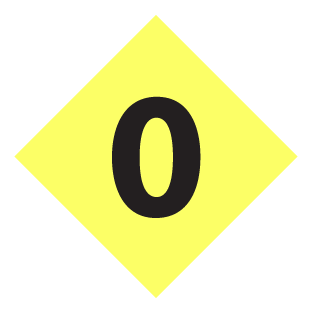
Stable when exposed to heat, pressure, and water.

Can become unstable under high heat or high pressure.
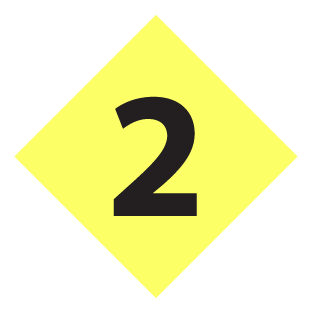
Reacts violently to either high heat, high pressure, or water.
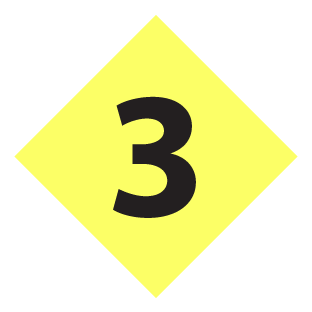
Explodes when triggered by either high heat, severe shock, or water.
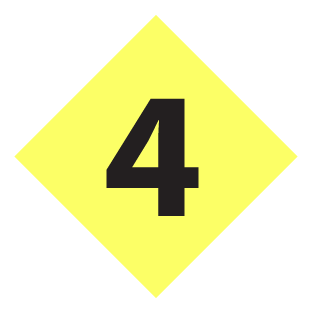
Explodes under normal conditions.
Special Notices and Extensions to the Standard
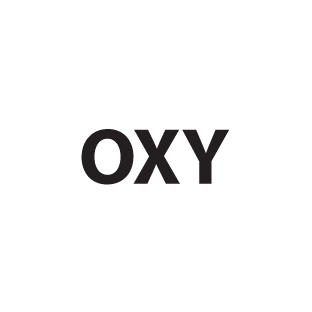
Oxidizer; Allows other chemicals to burn without an air supply.

Oxidizer; Allows other chemicals to burn without an air supply.

Simple asphyxiant.

Reacts violently with water.
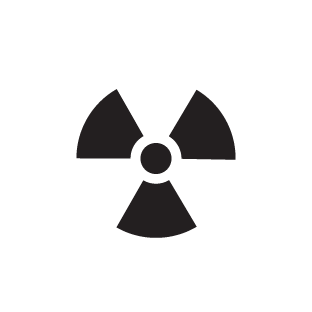
Radioactive
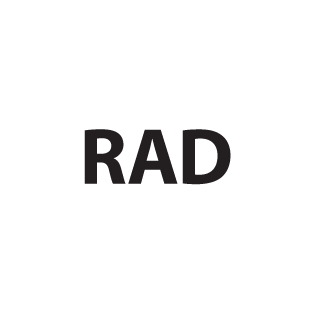
Radioactive
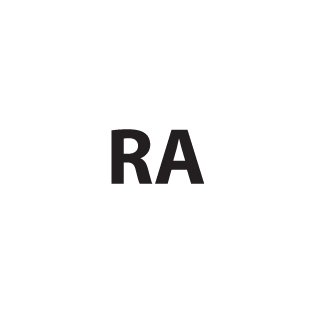
Radioactive
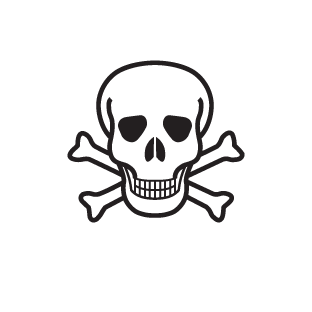
Poisonous
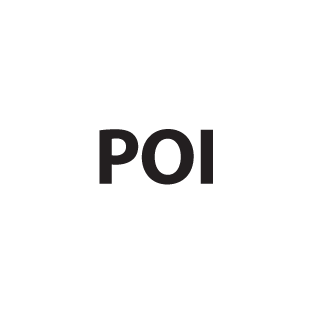
Poisonous
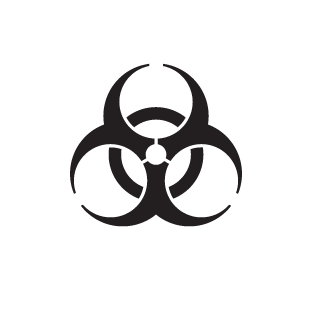
Biological Hazard
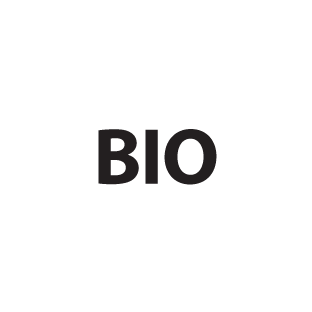
Biological Hazard
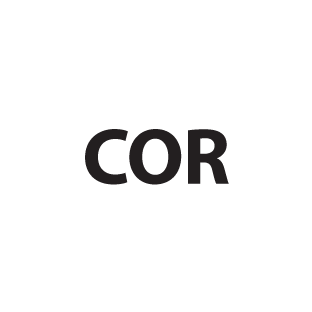
Corrosive; strong acid or alkaline (base).
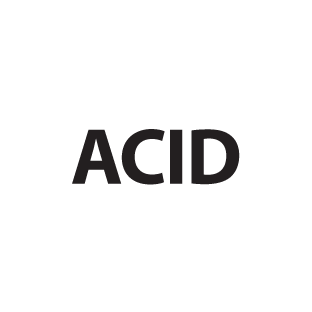
Strong Acid
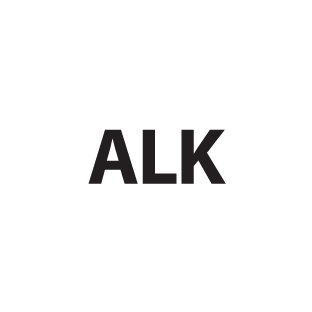
Strong Alkaline (base)
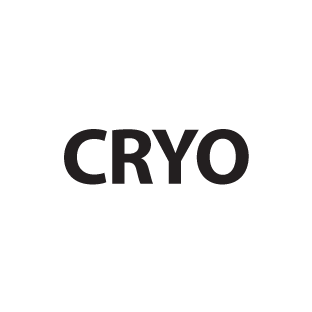
Cryogenic
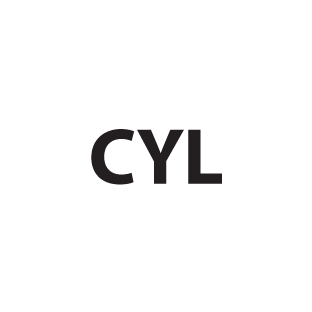
Cryogenic